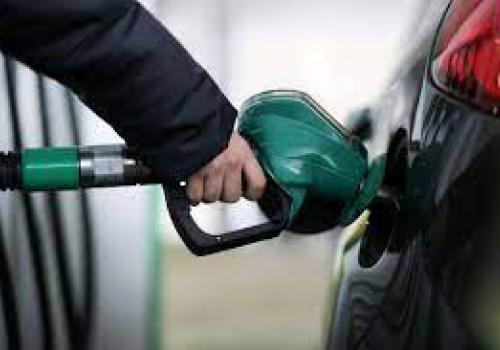Waterborne gasoline loadings out of the US Gulf coast have exceeded pre-pandemic levels in the first half of June for the first time since Covid-19 first took hold in the US last spring. Historically high costs of compliance with the US Renewable Fuel Standard (RFS) program continued to incentivize gasoline exports, while Mexico has been replenishing domestic inventories with US exports ahead of an active hurricane season. A drop in Brazil's domestic fuel supplies also prompted a surge in demand for imported gasoline from the US this month. Around 810,000 b/d of waterborne gasoline and blending components have loaded out of the US Gulf coast from 1-14 June, the highest level since February 2020, according to Vortexa estimates. Waterborne gasoline exports were lower in June 2020 at 340,000 b/d and 720,000 b/d in June 2019.
The renewable volume obligation (RVO), which measures the cost to produce or import gasoline and diesel for domestic consumption in the US under the RFS program, rose to consecutive historic highs last week before dropping to a one-month low to end the week amid a meeting where possible relief from the program was discussed. Exporting fuel is one way for US refiners to mitigate the cost of RVO, even though the RVO is typically discounted from export prices. High RVO is a main driving force behind rising diesel exports out of the US Gulf coast.
Mexico, Brazil top outlets
Mexico is by far the top destination for June exports out of the US Gulf coast, with 237,000 b/d loaded so far. These do not include gasoline moving from the US Gulf coast into Mexico overland by truck or rail. Overland volumes accounted for around 37pc of total US-Mexico gasoline flows in March, the most recent month for which data is available. Mexico last week raised the variable fuel excise tax deductions to their highest level since mid-March. These tax deductions are a means for the Mexican government to lower domestic prices and facilitate imports when international prices are as high as they are now. Mexico's domestic gasoline inventories fell to 4.78mn bl in early April, the lowest level since March 2019, according to the most recent data from the country's energy ministry, Sener.
Mexico is also expecting an above-normal hurricane season this year. Last summer saw Mexico's domestic refineries and ports hit by storms as well as earthquakes, though their impact on fuel supply was blunted by the Covid-19 pandemic's hit on demand. Brazil has also been a stronger buyer of US Gulf coast gasoline this month as refinery maintenance tightened supply in Brazil, particularly at Paranagua. This was a reversal of the first five months of this year, when gasoline flows from the US Gulf coast to Brazil fell sharply as domestic refiners in Brazil grew their market share. Around 113,000 b/d of gasoline and blending components have loaded from the US Gulf coast for Brazil so far this month, compared with only 9,300 b/d in May and 16,000 b/d in June, 2020, Vortexa data show.
